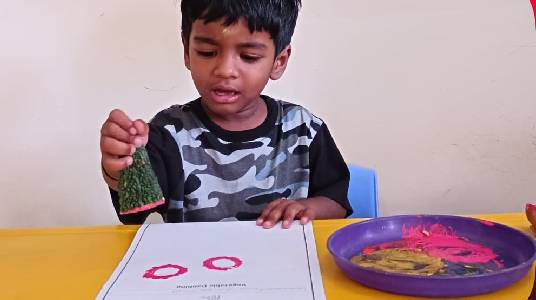
Art & Craft
Art and craft activities provide children with a platform to unleash their creativity while refining fine motor skills. Using materials like paper, clay, and paint, they explore shapes, colors, and textures. These activities nurture imagination, patience, and a sense of achievement, fostering creative problem-solving and visual learning.

Dance & Music
Dance and music sessions bring together rhythm, movement, and sound, encouraging self-expression and enhancing body coordination. Through fun dance routines and exploring instruments, children develop gross motor skills, auditory awareness, and cultural appreciation. These activities foster creativity, confidence, and a love for the performing arts.
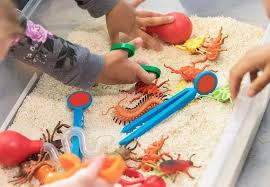
Sensory Play
Sensory play involves materials like sand, water, rice, and play foam to stimulate children’s senses and support cognitive and language development. It helps them explore textures, temperatures, and spatial concepts while encouraging mindfulness, emotional regulation, and a love for hands-on discovery.
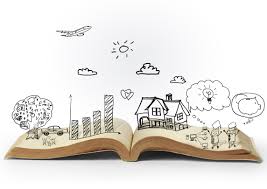
Storytelling
Storytelling fuels imagination, strengthens language skills, and hones listening abilities. Through engaging narratives and interactive sessions, children discover story structures, build vocabulary, and develop empathy by relating to characters and events. It nurtures a love for reading while introducing values in an enjoyable way.

Puzzle and Problem-Solving Games
Puzzles and problem-solving games enhance cognitive skills like memory, logic, and attention to detail. As children work through challenges, they build persistence and critical thinking. These activities improve spatial reasoning, promote patience, and encourage collaboration, making problem-solving a fun and valuable learning experience.

Role-Play and Dramatic Play
Role-play helps children explore social roles, empathy, and interpersonal skills. By pretending to be teachers, chefs, or doctors, they practice language and gain an understanding of various professions. Dramatic play fosters self-confidence, cooperation, and storytelling, allowing children to navigate real-life scenarios in a safe and enjoyable setting.

Painting and Symmetry Activities
Painting and symmetry activities teach children about balance, patterns, and visual organization. By folding paper to create mirrored images or painting symmetrical designs, they enhance spatial awareness and fine motor skills. These activities promote patience and attention to detail, making art both soothing and intellectually enriching.

Alphabet and Letter Tracing
Alphabet and letter tracing activities offer a fun, interactive way for children to learn writing. Tracing letters in sand, on paper, or with tactile materials helps them become familiar with letter shapes, boosting early literacy skills and hand-eye coordination. This activity lays the foundation for confident reading and writing.
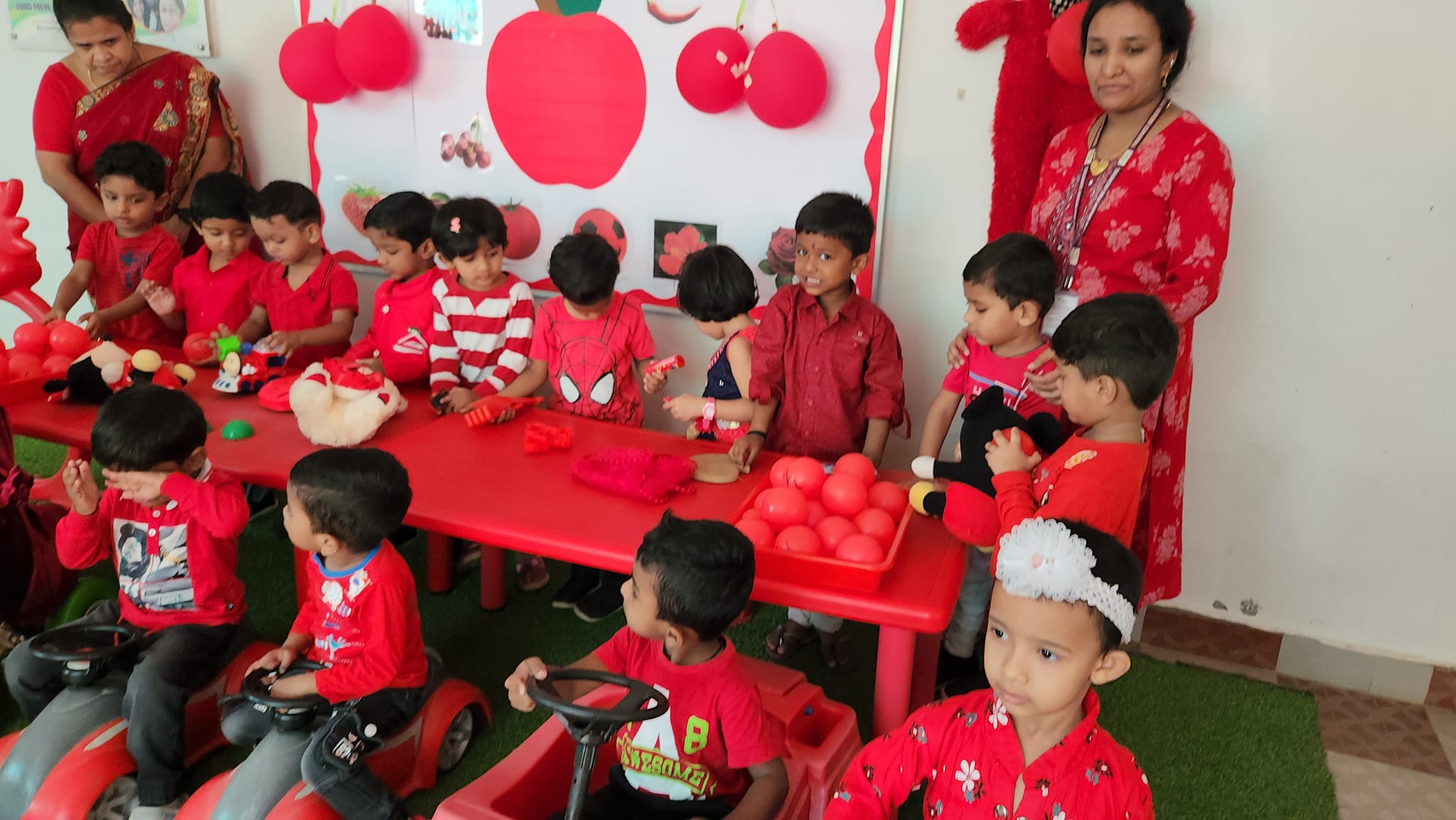
Memory Matching Games
Memory matching games help children strengthen recall and concentration, boosting essential cognitive skills for learning. By matching images, letters, or colors, they improve visual memory and attention to detail. These games are a fun way to enhance short-term memory and build focus for future learning.
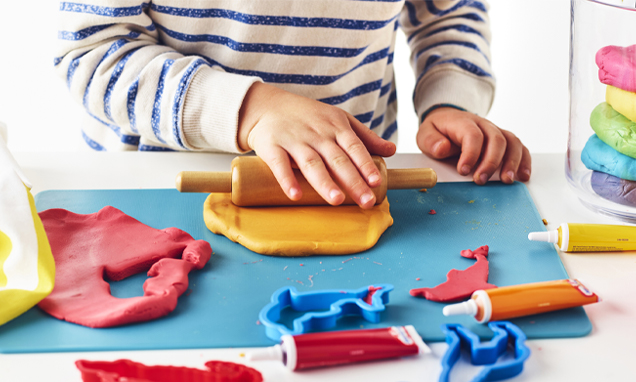
Playdough
Playing with playdough provides a sensory experience that strengthens fine motor skills and sparks creativity. As children mold, roll, and shape the dough, they improve hand-eye coordination and finger strength. This activity promotes relaxation, enhances spatial awareness, and encourages imaginative, hands-on learning.
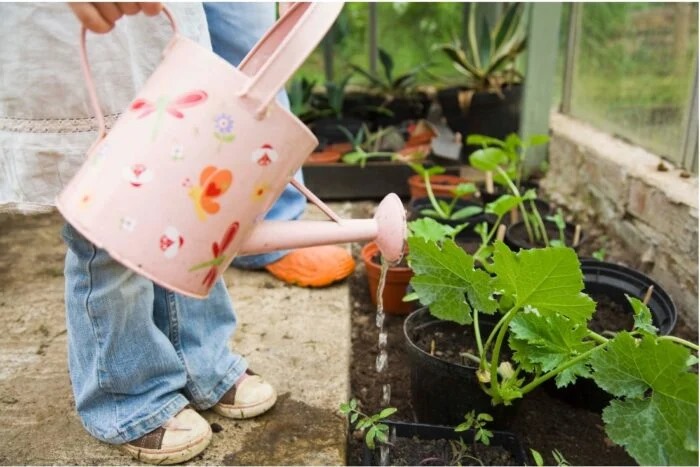
Gardening and Plant Care
Gardening and plant care help children connect with nature while teaching responsibility, patience, and environmental awareness. Through planting seeds, watering, and observing growth, they learn about the plant life cycle and develop a sense of wonder for the natural world. Gardening fosters a love for nature and sparks curiosity about the environment.

Yoga
Yoga introduces children to mindfulness, balance, and body awareness. Through simple poses, they develop coordination, flexibility, and self-regulation. Yoga promotes a calm mind, enhances focus, and teaches relaxation techniques, supporting overall wellness and emotional resilience from an early age.
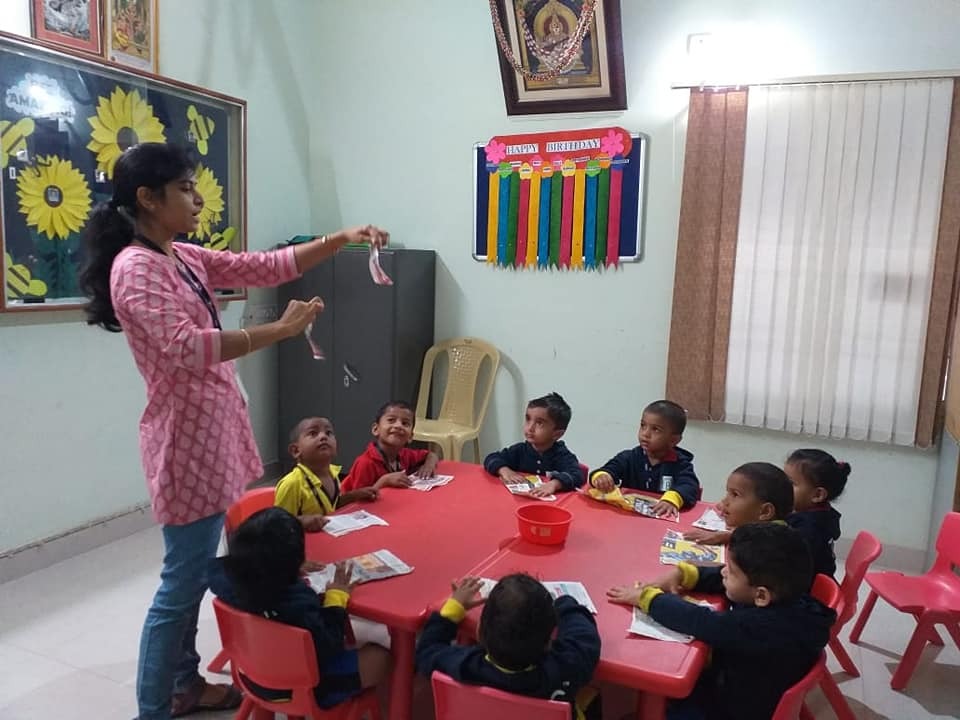
Shape and Number Hunts
Shape and number hunts transform learning into an exciting adventure as children search for shapes or numbers around them. This interactive activity boosts observational skills and early math concepts, such as geometry and counting, while promoting curiosity and physical activity in a fun, educational way.
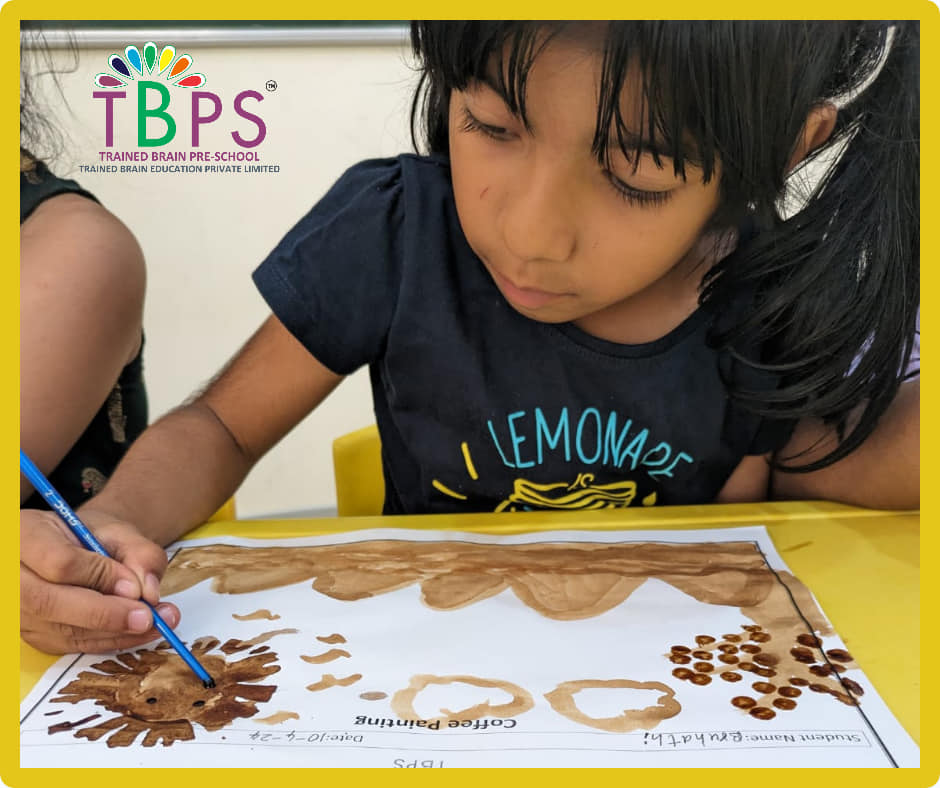
Nature Art with Leaves and Flowers
Nature art encourages children to use leaves, flowers, and other natural materials to create one-of-a-kind art projects. As they explore colors, shapes, and textures, they deepen their connection to the natural world. This activity fosters creativity, patience, and an appreciation for nature's beauty while enhancing fine motor skills and aesthetic awareness.